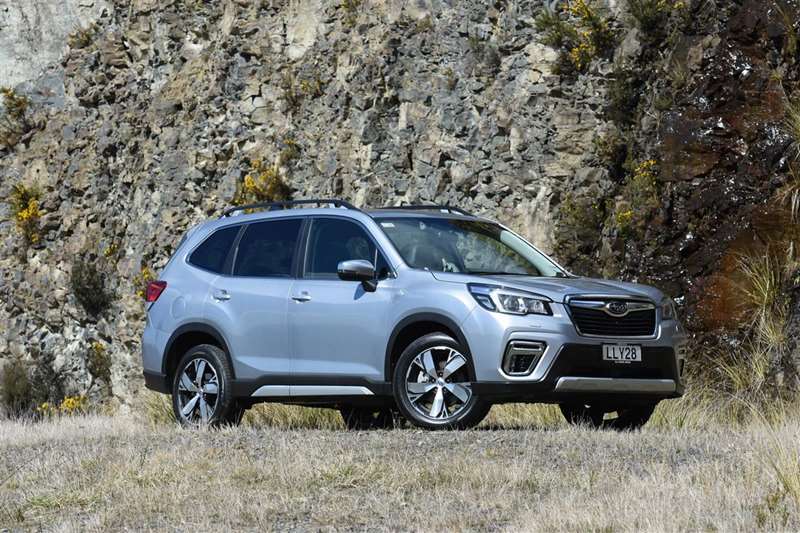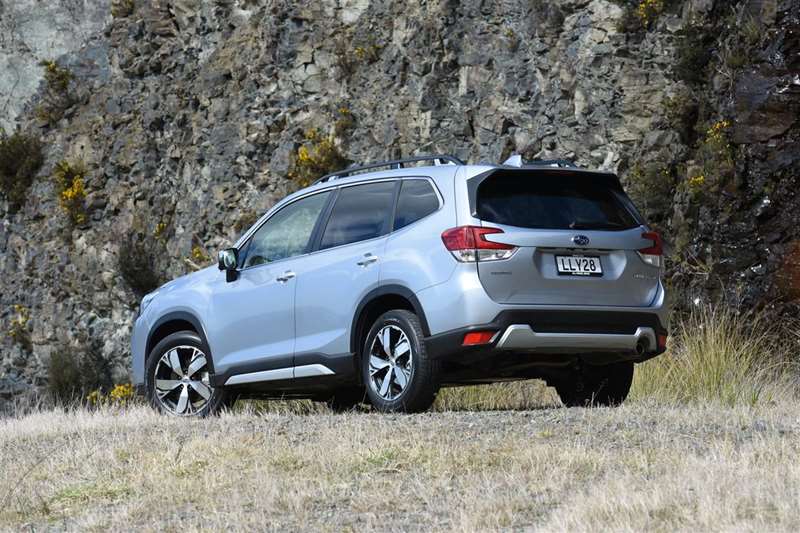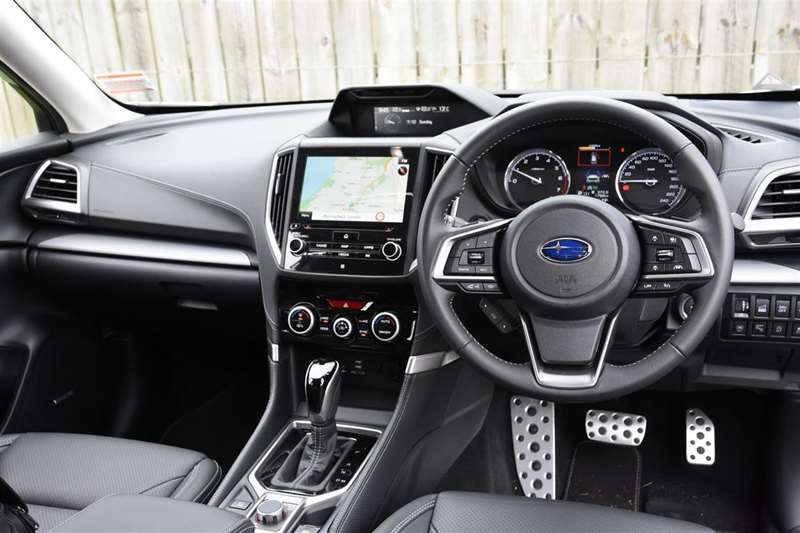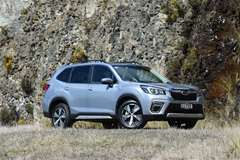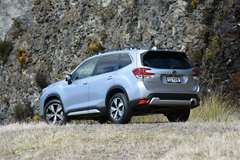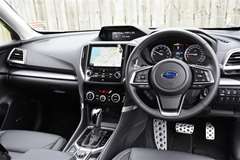The fifth-generation Forester a fine successor to the Subarus of old, writes David Thomson.
In a world of burgeoning crossover sports utility choice, the Subaru Forester stands proud as one of the originals, having been around for more than 20 years.
Over that period, most rivals have ditched the key features needed for the adventuring that SUV motoring is meant to represent in favour of a more urban and family-focused approach.
Subaru, too, has softened over the years, but the new Forester still has a firm line in the sand: all-wheel-drive across the range; a decent 220mm of ground clearance and a full-sized spare wheel. Indeed, this time round there’s even a gain in go-anywhere capability thanks to an improved X-mode off-road aid with specialist modes for snow and dirt and deep snow and mud.
Let’s start with a few basics for a vehicle that has already impressed the experts enough to make the cut as a finalist for this year’s New Zealand Car of the Year awards.
The fifth-generation Forester is offered in three models, opening with the $39,990 Sport, moving up to the $44,990 Sport Plus and flagship the $47,490 Premium. It was the last of these variants which was supplied for appraisal.
First impressions are of a vehicle that has grown up size-wise, while remaining
conservatively styled.
The dimensional creep over the previous Forester is 30mm in wheelbase and length and 20mm in width. That keeps it in the ballpark size-wise against key rivals, which are also getting larger by the generation.
Even the flagship Premium, which features some nice exterior detailing and sits on 18-inch rather than the usual 17-inch alloys, is a low-key looker. It’s certainly chunkier than the old Forester, with quite high front wings and a blunt nose giving it ample visual substance.
The interior aesthetic remains restrained, with quality materials throughout.
Thoise extra centimetres on the outside translate into extra space within.
The boot’s standard 498L capacity expands to 1768L when the 60:40 split rear seats are flipped forward. Also featuring tie-down points, bag hooks and a 12-volt socket, the Forester Premium’s boot is accessed by a power-operated tailgate with a handy memory function for opening height.
The rear of the cabin is spacious, with good leg room, a fold-down centre armrest and two chargeable USB points.
Both front seats are power operated. This new Forester is also the first Subaru to incorporate facial recognition software that can differentiate between up to four different drivers and automatically select that driver’s preferences for mirror angle, air conditioning, seat position and the multi-function display.
The headline safety item on the new Forester is the monitoring system that detects driver distraction (such as taking your eyes of the road) and signs of fatigue, and sounds an alert if required. Other safety features include radar cruise control, autonomous emergency braking, rear cross traffic alert, lane departure warning and assist and pre-collision emergency braking.
Boxer-configuration four-cylinder engines are a Subaru staple that continues on the new Forester, but the 2.5L engine that sits under the bonnet is 90% new. Peak outputs of 136kW and 239Nm are up slightly on those of the previous motor. Subaru’s continuously variable transmission is also employed, albeit in upgraded form.
Although gruff when worked hard, the engine is strong and willing. The CVT transmission tends to accentuate rather than mask the motor’s sometimes noisy nature, but is still one of the best units available.
The transmission’s one clear foible, a slight jerkiness at low speeds, is also the one downside of the new Forester during urban driving. Otherwise, the test car was excellent around town, helped by its all-round visibility and ride comfort.
The softly-sprung suspension delivers a supple open-road ride, accompanied by some road noise on course-chip surfaces and wind roar at 100kmh. While the test car showed reasonable agility through tarmac twists and turns, it is not engineered with that in mind; there’s simply too much body roll and too little steering feel.
On the other hand, on gravel or even unpaved roads, the new Forester is — at least by lifestyle SUV standards — exceptionally accomplished and surefooted. With decent ground clearance and those two X-Drive off-road modes to choose from, the new Forester showed on test that it retains its predecessor’s ability to navigate more demanding soft-road trails in comfort and with relative ease.
All-in-all, the new Forester is a fine addition to New Zealand’s mid-sized ranks, combining adventuring capabilities with round-town practicality in a way that few of its rivals can. Its status as a finalist for this year’s New Zealand Car of the Year award is well-deserved.
Photos: David Thomson
